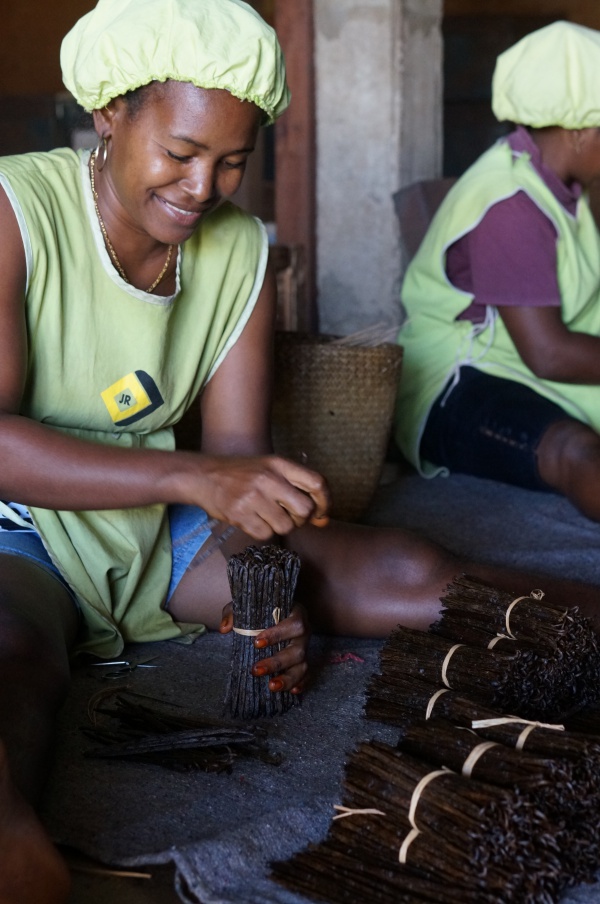Madagascar Vanilla
The vanilla orchid is native only to Mexico and relies on a rare black Mexican bee to pollinate naturally. In 1841, a French owned 12-year old slave on Île Bourbon (now Réunion Island) discovered how to hand-pollinate vanilla orchids. Shortly thereafter vanilla plantations were introduced and became commonplace on the island of Madagascar.
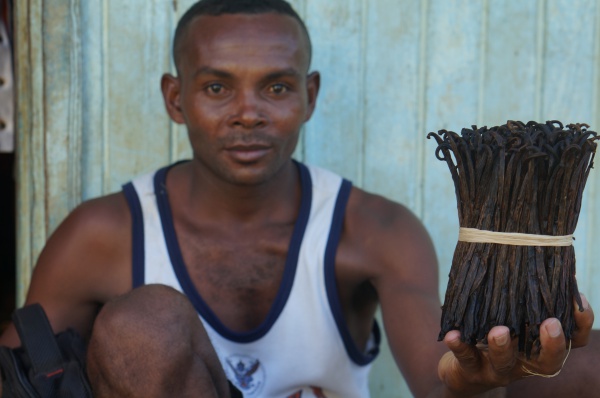
| ||
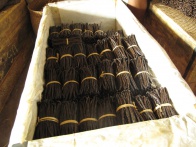
|
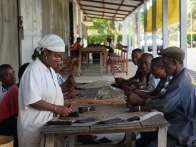
|
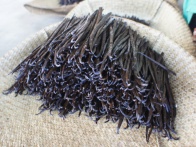
|
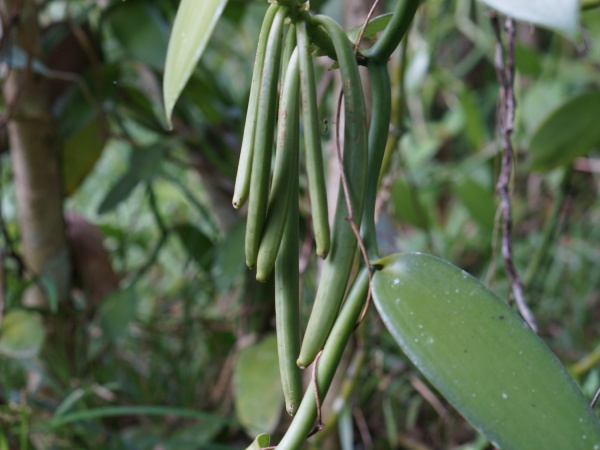
| ||
The type of vanilla grown on Madagascar and in most other locations is Vanilla planifolia, also known as Madagascar Bourbon Vanilla. About 97% of the world's real vanilla comes from Madagascar. However, an estimated 95% of all vanilla products contains artificial vanilla. The best quality Bourbon Vanilla, also called Black Vanilla, is produced primarily around Antalaha, Sambava, Vohemar and Andapa in the northwest of Madagascar.
In ancient times, vanilla was said to have aphrodisiac effects and help against fever. Although these properties remain scientifically unverified, it is known that vanilla increases levels of catecholamines, including epinephrine, more commonly known as adrenaline. In an in-vitro test, vanilla was able to block quorom sensing in bacteria. In many bacteria, quorum sensing signals function as a switch for virulence in that microbes only become virulent when these signals indicate that they have the numbers to resist the host immune system response. The essential oils of vanilla and vanillin are often used in aromatherapy.
Documentary on Madagascar's vanilla trade
Madagascar: The Chinese vanilla is a half-hour documentary that gives insight into Madagascar's vanilla production and how the trade is being shaped since recent years by an increase in demand from China.
<youtube>VP35VVFCQ90</youtube> The original French language version, MADAGASCAR Vanille Chinoise, produced in 2014 by WA Productions in cooperation with Public Sénat, can be viewed at http://t.co/nVIz2rkqDy
